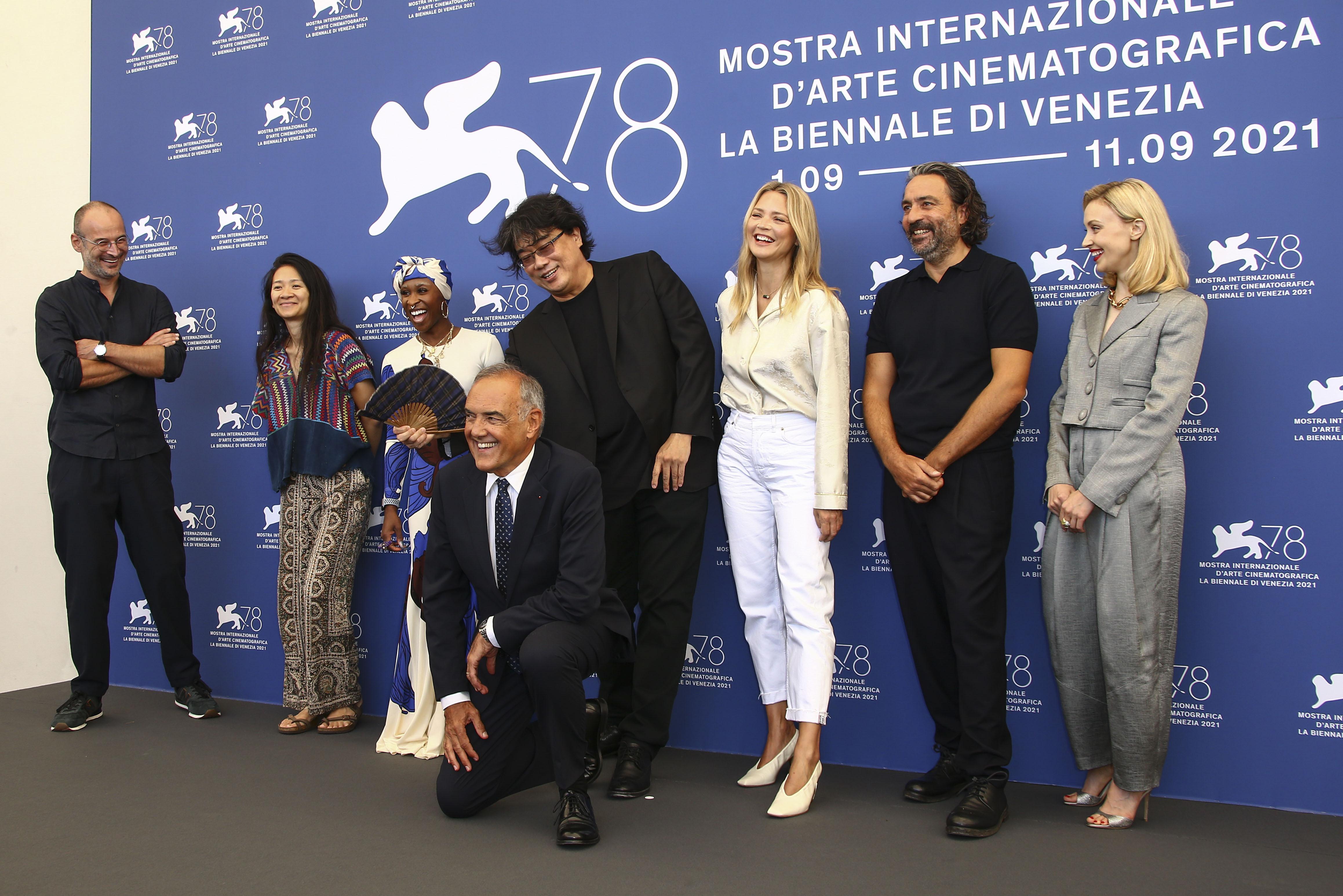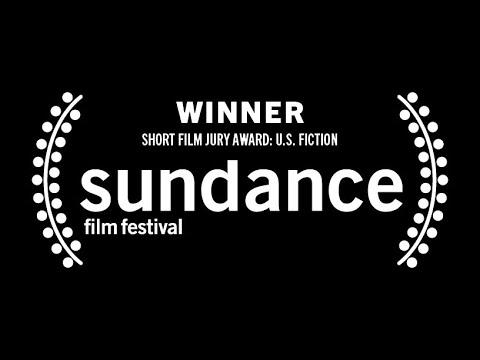In the dynamic landscape of cinema, film festivals serve as pivotal platforms for showcasing emerging talent, innovative storytelling, and diverse perspectives. Each year, countless films vie for recognition at these prestigious events, but only a select few emerge as winners, capturing the attention of audiences and critics alike. Understanding what sets these films apart offers valuable insights into the evolving trends and preferences within the industry. This article delves into the key elements that contribute to a film festival winner, examining patterns in storytelling, thematic focus, technical prowess, and cultural relevance. By analyzing recent winners across major international festivals, we aim to uncover the nuanced criteria that define success in this competitive arena, providing a comprehensive overview of the current cinematic zeitgeist.
Understanding Jury Preferences in Film Festivals
In the realm of film festivals, understanding the preferences of jury members can be akin to unraveling a complex tapestry of artistic and cultural influences. Jury preferences often reflect broader trends in the film industry, as well as the specific mission and values of the festival itself. Recent observations suggest several key elements that frequently captivate juries:
- Original Storytelling: Films that offer unique narratives or fresh perspectives often stand out. Juries tend to appreciate creativity that challenges conventional storytelling techniques.
- Cultural Relevance: Works that engage with pressing social or political issues resonate well, highlighting the power of cinema to spark dialogue and reflection.
- Technical Excellence: While story is paramount, mastery in cinematography, sound design, and editing can elevate a film’s impact, capturing the jury’s attention.
- Authentic Performances: Compelling performances that convey depth and nuance are crucial, as they bring characters to life in a way that resonates with audiences and juries alike.
These elements suggest a jury’s desire to celebrate films that not only entertain but also push boundaries and provoke thought. Recognizing these trends can offer filmmakers insights into what might increase their chances of success in the competitive landscape of film festivals.
Exploring the Impact of Cinematic Techniques on Awards
The art of filmmaking is an intricate dance of visual storytelling, where cinematic techniques play a pivotal role in crafting memorable narratives that captivate audiences and judges alike. In the realm of film festivals, these techniques often serve as the distinguishing factors that elevate a film from being merely good to award-winning. By analyzing recent festival trends, we can identify certain techniques that have consistently captured the attention of juries and audiences.
- Innovative Camera Work: From the sweeping aerial shots that create breathtaking vistas to the intimate close-ups that convey deep emotion, the use of innovative camera angles and movements is often a hallmark of festival favorites.
- Sound Design: The strategic use of sound, whether through an evocative score or the nuanced layering of ambient noises, can profoundly enhance the storytelling experience and leave a lasting impact on the audience.
- Editing Techniques: Films that play with time through non-linear narratives or employ rapid cuts to heighten tension frequently stand out in the festival circuit.
These elements, when masterfully executed, transform films into immersive experiences that resonate on both an emotional and intellectual level. As festivals continue to evolve, it is clear that the judicious application of these techniques remains a key factor in determining a film’s success on the awards stage.

Analyzing Audience Reception and Its Influence on Success
Understanding how audiences perceive and react to films is crucial in determining the success of a film festival entry. Audience reception is often a complex interplay of factors, including emotional engagement, cultural relevance, and narrative innovation. Films that resonate well with audiences typically showcase strong storytelling, relatable characters, and themes that reflect or challenge societal norms. These elements not only captivate viewers but also generate buzz, leading to wider recognition and potential accolades. Festival judges often look for films that evoke a strong emotional response, indicating a connection with the audience that transcends mere entertainment.
Several key trends have emerged in recent years that highlight the importance of audience reception. These include:
- Diversity in storytelling: Films that offer diverse perspectives and voices tend to attract a broader audience and receive critical acclaim.
- Interactive experiences: Innovative films that encourage audience participation or use cutting-edge technology often stand out.
- Cultural relevance: Stories that reflect current societal issues or tap into global conversations resonate more deeply with viewers.
By analyzing these trends, filmmakers can better tailor their creations to meet audience expectations and increase their chances of winning at film festivals.

Strategic Considerations for Filmmakers Aiming for Festival Wins
For filmmakers aspiring to capture the attention of festival juries, understanding the evolving landscape of the film festival circuit is crucial. Current trends indicate that festivals are increasingly valuing narratives that reflect diverse and underrepresented voices. Incorporating themes of social justice, environmental consciousness, and cultural authenticity can resonate powerfully with both audiences and jurors. Moreover, festivals are now embracing innovative storytelling techniques, such as non-linear narratives and hybrid genres, which challenge traditional cinematic forms and engage viewers in novel ways.
- Authenticity: Films that authentically portray unique cultural or personal stories often stand out.
- Innovation: Utilizing cutting-edge technology or novel narrative structures can capture interest.
- Relevance: Addressing contemporary issues or societal shifts can enhance a film’s impact.
- Artistic Vision: A clear and compelling artistic direction can set a film apart from the competition.
In addition to thematic considerations, strategic planning around festival submissions is essential. Filmmakers should research festivals to understand their specific preferences and align their film’s strengths with the festival’s ethos. Networking with past participants and engaging with festival communities online can provide insights into what particular festivals are looking for, enhancing the chances of selection and eventual success.
Key Takeaways
the landscape of film festival winners reveals a dynamic interplay of artistic innovation, cultural resonance, and strategic positioning. As we’ve examined, successful films often embody a confluence of timely themes, compelling narratives, and technical excellence, while also benefiting from astute marketing and networking strategies. Trends such as the growing emphasis on diversity, the impact of technological advancements, and the rise of genre-defying storytelling continue to shape the criteria for success at these prestigious events. As the film industry evolves, so too will the attributes that define a festival winner, reflecting broader societal shifts and the ever-changing tastes of audiences and critics alike. By understanding these key trends, filmmakers and industry professionals can better navigate the competitive festival circuit, crafting works that not only captivate but also resonate on a global stage.
